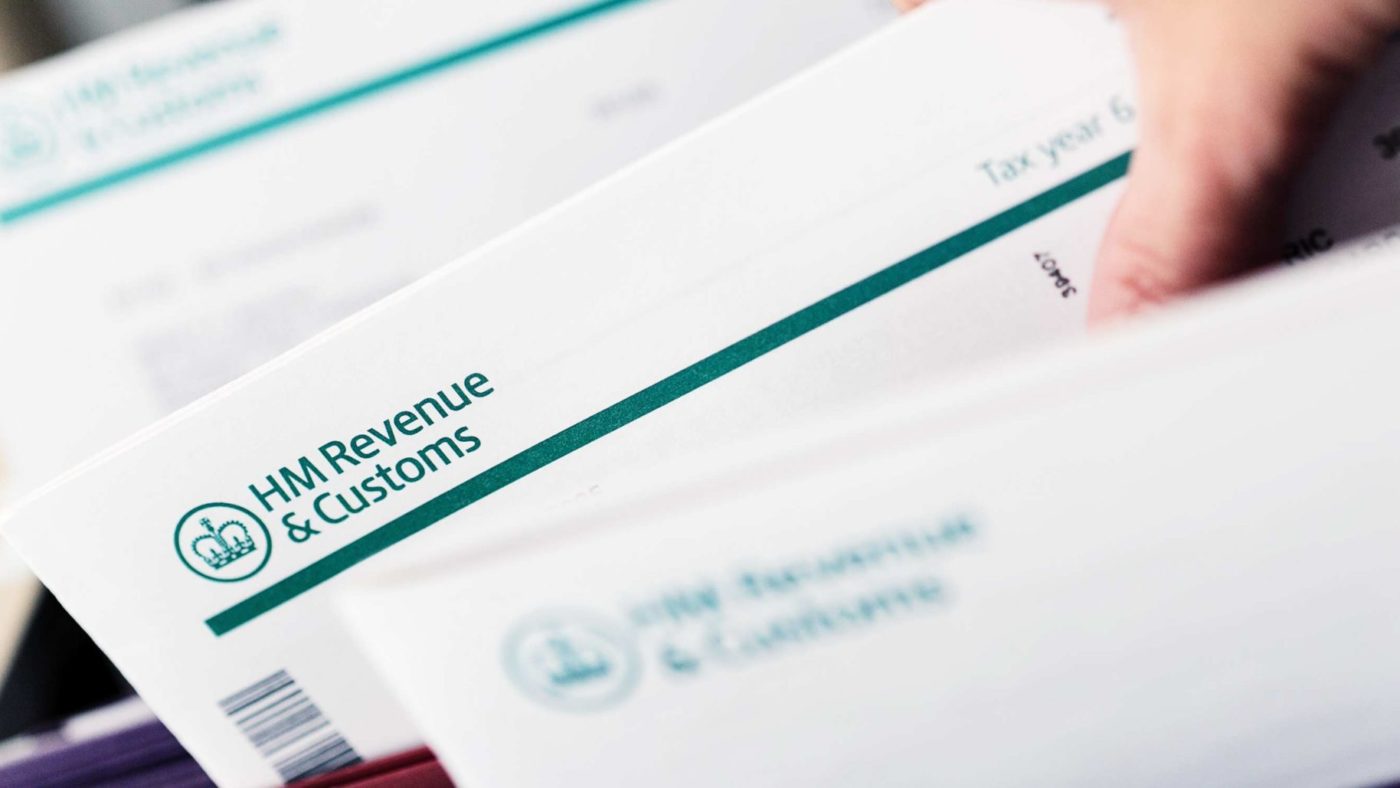We know the economic recovery will be tough going. It’s absolutely right that there is much healthy debate on the best measures to get us out of the current malaise. Some media reports have suggested that government ministers are planning huge outlays on green jobs and infrastructure spending, but apart from one leaked Treasury missive considering a 5p increase to the basic rate of income tax, precious little else has been heard of the Government’s tax plans.
Taxes will be crucial, of course, because the UK economy finds itself in an especially bleak situation: the OBR has forecast a 35% decline in output this quarter, with unemployment also rising to 10%. Tax receipts are expected to be almost £130 billion lower (compared to what was forecast in the March budget) and total borrowing this year could comfortably exceed £300 billion. Through the job retention and self-employment income support schemes, taxpayers are now paying the wages of 11.2 million people, at a cost of £24.7 billion thus far.
So what should be done? With many areas of the economy beginning to reopen (except in Wales, which is seemingly led by a continuity Corbyn administration), now is the time to nurture jobs and investment. The TaxPayers’ Alliance thinks the Chancellor should focus on four taxes right now to make that possible.
First, there should be an immediate cessation of both employer and employee national insurance for a limited time. A temporary payroll tax could then be introduced on wages and salaries above £4,500 for each employee from October, which then increased to £9,000 next year. Employees’ national insurance could then also be replaced with a 10% basic rate surcharge from April 2021. This would save a worker on average earnings over £1,600 this year and £300 in 2021.
Second, capital gains tax (CGT) should go completely. CGT weakens the incentives to reallocate economic assets effectively; its removal would have a positive effect on productivity and incomes. And nor is this particularly radical in the West: the likes of Belgium, Hong Kong and Singapore do not have a CGT. When Switzerland got rid of theirs, it was estimated to have grown their economy by 3%.
Third, the threshold for paying stamp duty should be raised substantially or – better still – abolished entirely. Stamp duty limits people’s desire or ability to move home, be it for a new job or downsizing upon reaching retirement. Lifting it to £1 million would mean a further 220,000 transactions in just one year could take place and would equate to a tax cut of £4.4 billion.
Finally, corporation tax is one of the most important factors influencing investment decisions. To that end, the annual investment allowance should be raised to £5 million from the current temporary level of £1 million. The Adam Smith Institute has done heroic work on this with its Factory Tax campaign and it could deliver almost £10 billion of tax cuts for companies over a two-year period.
The effects of these measures would be to reduce HMRC’s receipts further still than what the OBR currently estimates. Our proposed changes to employers’ national insurance alone could mean a £24 billion reduction. And on the employees’ side, it could be £56 billion. Likewise, capital gains tax was forecast to raise £11 billion this year.
Yet such figures are less alarming than they first appear. Although at this stage it is not possible to know how quick a recovery there will be, estimates of tax receipts are done on a static basis. This means that they don’t account for the dynamic effects of tax reductions in other areas of the economy, which may then in turn increase the tax take in other areas (such as a VAT) to partially offset a national insurance holiday, for instance.
But it is also worth reflecting on what didn’t work during the 2008 recession. The temporary cut in VAT to 15% had a relatively limited impact on consumer spending and slightly reduced inflation. Numerous sin taxes also increased under Alistair Darling, further reducing the impact of the cut.
Yet evidence from Sweden shows that reducing their equivalent of national insurance in 2007 had a highly positive impact on the labour market. Youth employment increased by up to 3% when the rate for workers between 19 and 25 was reduced from 31% to 15%.
The outlook for the UK is inescapably dire will remain so unless drastic action is taken in fairly short order to ease the tax burden on people and businesses. The Chancellor must go for growth with some targeted tax cuts.
Click here to subscribe to our daily briefing – the best pieces from CapX and across the web.
CapX depends on the generosity of its readers. If you value what we do, please consider making a donation.


